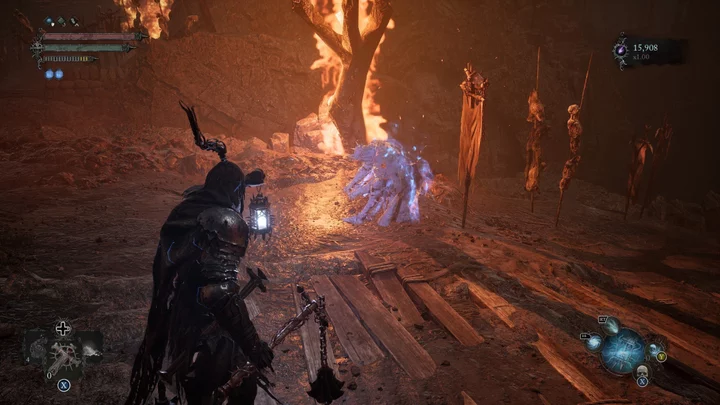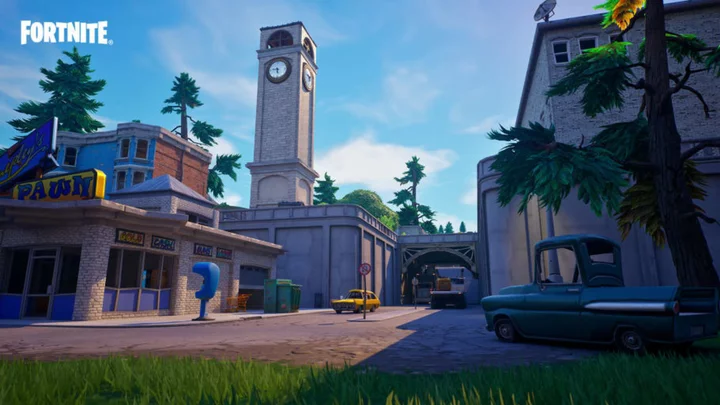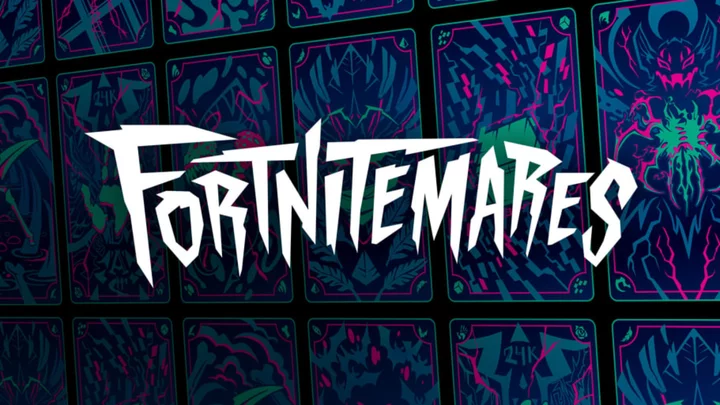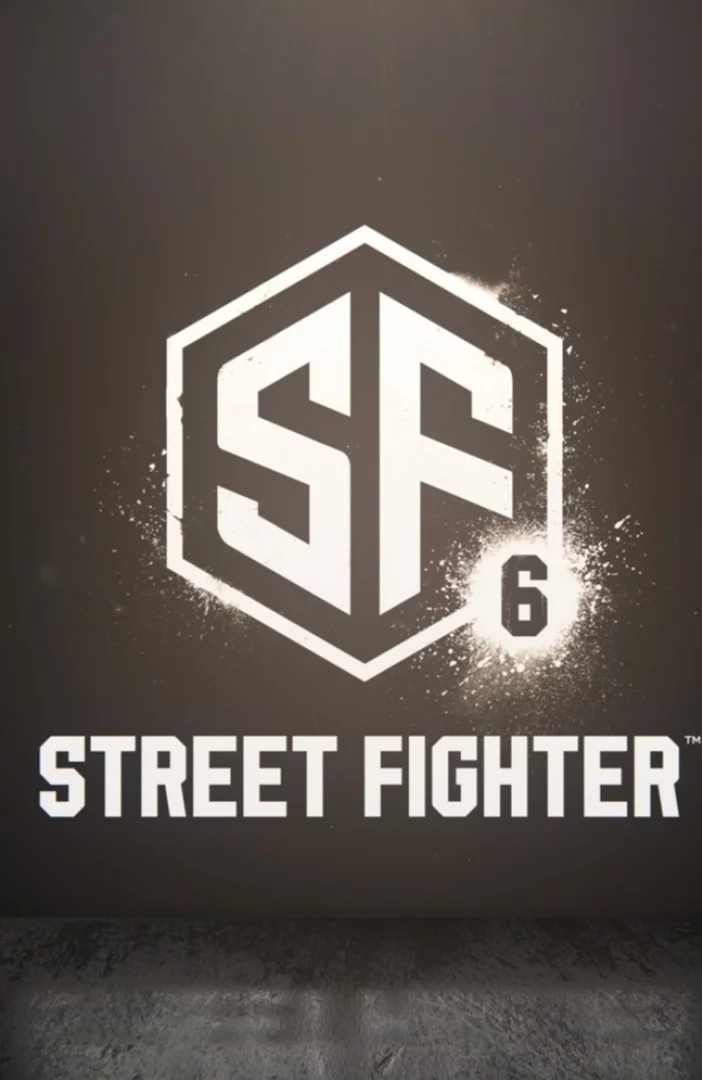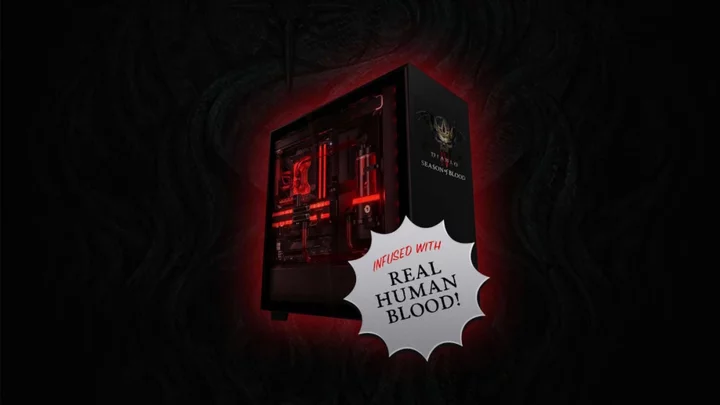Lords of the Fallen is both a sequel and a soft reboot of the 2014 RPG of the same name. However, you don’t need to play the original to appreciate what this new game offers. Lords of the Fallen ($59.99 for PC, PlayStation, and Xbox) takes you on a dark fantasy adventure to stop the revival of a demon god. In it, you develop a hero using a robust RPG system, slay men and monsters with swords or sorcery, and navigate a labyrinthine world by slipping between the realms of the living and dead. This dual-world mechanic is the real showstopper, invigorating the exploration well beyond anything in other Souls-like titles. Unfortunately, the game suffers from noticeable performance issues that hamper the experience.
Formulaic at a Glance
A demon god is on the brink of revival, and you are among the chosen few who can stop it. Lords of the Fallen draws heavily from FromSoftware’s Dark Souls series, such as Bloodborne, Elden Ring, and Sekiro. You have bonfire checkpoints (called Vestiges here) that respawn enemies whenever you rest at them. Zones have obscure NPCs to seek out, many of which offer goods or quests. Of course, the corpse run mechanic is present, so you need to run back to wherever you died to recover the experience lost upon death.
You begin by creating your character and choosing a starting class. There are about a dozen different starting classes, which are a mix of fantasy archetypes. These include a sword-and-shield soldier, a dagger-toting thief, a heavy knight class, a fire-slinging pyromancer, and a light-wielding cleric.
These classes influence your character's starting stats and gear. You earn experience as you slay enemies, which you use to allocate stat points to further develop your character. How you develop the build is entirely up to you, so you can adhere to the class’ focus or get creative. It’s par for the genre's course.
Riffing on Souls Combat
Lords of the Fallen's combat combines Dark Souls and Sekiro mechanics, and the game competently implements these elements. There are dozens of weapon types, with each having unique moves. Swords are reliable, but have a short attack range. Spears, on the other hand, offer more range and speed, but deal more focused attacks. You'll find an army’s worth of gear as you explore the world.
(Credit: CI Games/Hexworks)Lords of the Fallen streamlines the combat options by limiting you to a single weapon slot for each hand, plus an additional slot for projectiles or magic. You can equip a sword in one hand and a shield in the other, or a sword in each hand for a dual-wielding weapon stance. It may sound restrictive on paper, but I appreciate the simplicity. In Dark Souls III and Elden Ring, cycling through three weapons for each hand felt needlessly clunky. Lords of the Fallen feels more concise.
Blocking and parrying are handled Sekiro-style, via a single guard button. Hold the guard button to enter a block stance, or tap it in sync with an enemy’s swing to parry. The parry doesn’t feel quite as accurate as what Sekiro offers, so you generally need to block sooner than the enemy’s animation would lead you to believe. Your equipment determines how you block. If you’re armed with a shield, you hold it out to mitigate most of the incoming damage. You can block if you only have weapons equipped, but your character takes chip damage.
(Credit: CI Games/Hexworks)Chip damage works like gray health in a fighting game, which means it’s recoverable. Like in Bloodborne, Lords of the Fallen lets you attack enemies to restore this gray health. Blocking consecutive attacks deals more chip damage, but you can recover it all by counterattacking as long as you don't take any direct damage. This encourages aggressive play regardless of the weapon loadout, making defense viable with every armament.
The fighting is generally satisfying, but your attacks carry an annoying momentum that propels you forward and alters your positioning. This makes fighting on ledges particularly precarious, since it's all too easy to fling yourself off a cliff. It's also easy to miss attacks because of this constant lunging, so you must reposition much more frequently in this game than you would in Dark Souls or Nioh.
Jumping is another weak point. Elden Ring's dedicated jump button made movement vastly more fluid compared to the games that came before it. That said, Lords of the Fallen uses the old Souls style of jumping, where you must sprint and tap dodge to perform a jump. It's needlessly clunky.
A New Way To Explore
Despite how familiar this may sound to Souls fans, there are key differences that help set Lords of the Fallen apart from other games in this style. The most profound is the Umbral Lamp. You start the game with this supernatural lantern, which produces a light that reveals the realm of the dead (Umbral). This haunting nightmare realm features a similar geography to the living realm (Axiom), but its features are distorted with growths of pale flesh that overtake the landscape. Tendrils snake out of the ground like unholy grass, and the gnarled bodies of the dead merge with walls, pillars, and structures.
(Credit: CI Games/Hexworks)Although the geography is similar in both realms, it's not identical. Investigating and identifying the differences between both worlds is key to progression. For example, a gated door in Axiom may not exist at all in Umbral. Raising your lamp exposes the unseen Umbral realm and lets you interact with those hidden elements, provided they remain exposed to the lamplight.
However, some of the more challenging puzzles require you to cross into the Umbral realm. The lamp lets you do this, too. You can fully dive into Umbral to fight and explore as you would in Axiom. This lets you manipulate and remove Umbral growths and tumors that block your progress in Axiom. This world-shifting mechanic is similar in spirit to the Dark World in The Legend of Zelda: A Link to the Past or the spectral realm in Legacy of Kain: Soul Reaver. It requires you to thoughtfully navigate both dimensions to make progress and find secrets.
There are downsides to exploring Umbral. Enemies endlessly spawn, and a dread mechanic, denoted by an eye icon, determines the strength of the menacing monsters. As the circle around the eye fills, more advanced enemies spawn, followed by mini-boss tier monsters. The eye turns red when your dread reaches its peak, spawning ferociously tough wraiths that tear you to shreds with ease. This adds a tremendous amount of tension to your Umbral romps, giving Lords of the Fallen a horror-game twist that is equal parts stressful and thrilling.
(Credit: CI Games/Hexworks)You use icons scattered throughout the world to pull yourself back into Axiom. These grotesque totems are few and far between, and are destroyed once used. They only respawn when you rest at a checkpoint. This prevents you from swapping between realms on a whim, and makes the decision to dive between worlds much more impactful.
This mechanic is packed with nuance, and it radically changes how you engage with the game. Like Sekiro, Lords of the Fall lets you die twice before respawning at the nearest checkpoint. Dying in Axiom spawns you in Umbra, where you have a second chance to fend off your assailant and continue the journey. However, if you use the Lamp to cross over into Umbral, then you only have a single life; you cannot respawn in Umbral if you are already in Umbral.
Just as the lamp lets you see into the Umbral realm, so too can enemies see you. This creates an interesting dynamic where Umbral monsters occasionally stalk you from the unseen world. If you are struck by an Umbral entity when they are exposed to the lamp’s light, they can actually rip you out of Axiom and pull you into Umbral, effectively wasting that first life and potentially landing you in a grave situation.
Navigating Axiom and Umbral is genuinely engrossing, and the interplay between both worlds makes Lords of the Fallen a significantly more interesting RPG.
Can Your PC Run Lords of the Fallen?
Lords of the Fallen is an Unreal Engine 5 game that makes heavy use of the graphical muscle the engine offers. The game is visually dense and is easily one of the most graphically impressive Souls-style games to date. It also has fairly demanding system requirements on PC, the version we tested. Unfortunately, its performance leaves a bit to be desired.
(Credit: CI Games/Hexworks)The minimum PC requirements include an AMD Ryzen 5 2600 or Intel i5 8400 CPU, AMD Radeon RX 590 or Nvidia GeForce GTX 1060 GPU, 12GB of RAM, 45GB of storage space, and the Windows 10 (64-bit) operating system. This delivers 720p graphics with low-quality graphics settings. Publisher CI Games recommends an AMD Ryzen 5 3600 or Intel i7 8700 CPU, AMD Radeon RX 6700 or Nvidia GeForce RTX 2080 GPU, and 16GB of RAM for 1080p gaming.
On our test PC (a computer outfitted with an AMD Ryzen 5 3600 processor, Nvidia GeForce RTX 2080 GPU, and 16GB of RAM), Lords of the Fallen moved at more than 100 frames per second (at 1080p resolution) in areas with little action. Thanks to DLSS support, we were able to crank the resolution up to 1440p and enjoy a frame rate that danced between 80fps and 90fps. However, the game has notable stuttering, so the frame rate and performance wildly fluctuate, dropping to as low as 20fps. It's reminiscent of Elden Ring's stuttering and slowdown at launch. Despite a few post-launch patches, the errant stutters remain.
On the upside, Lords of the Fallen is Steam Deck verified. With low graphical settings and medium textures, its frame rate fluctuated between 20fps and 30fps. This isn't bad for a UE5 game running on the portable gaming PC. Keep in mind that the text isn't designed for the smaller screen, so it can be difficult to read.
Why You Should Game on a PCA Fresh Souls Experience
Despite its performance issues, Lords of the Fallen offers a satisfying twist on FromSoftware’s brutal action-RPG subgenre. The streamlined combat mechanics are satisfyingly refreshing, despite the clunky movement and weightiness of the animations. Likewise, the dual-world mechanic steals the show, giving you a refreshing toolset that thoroughly enriches the adventure. Lords of the Fallen has moved well beyond the mere Souls-clone designation of its 2014 version, delivering a fascinating and engaging action-RPG that's well worth your time.
For in-depth video game talk, visit PCMag's Pop-Off YouTube channel.

